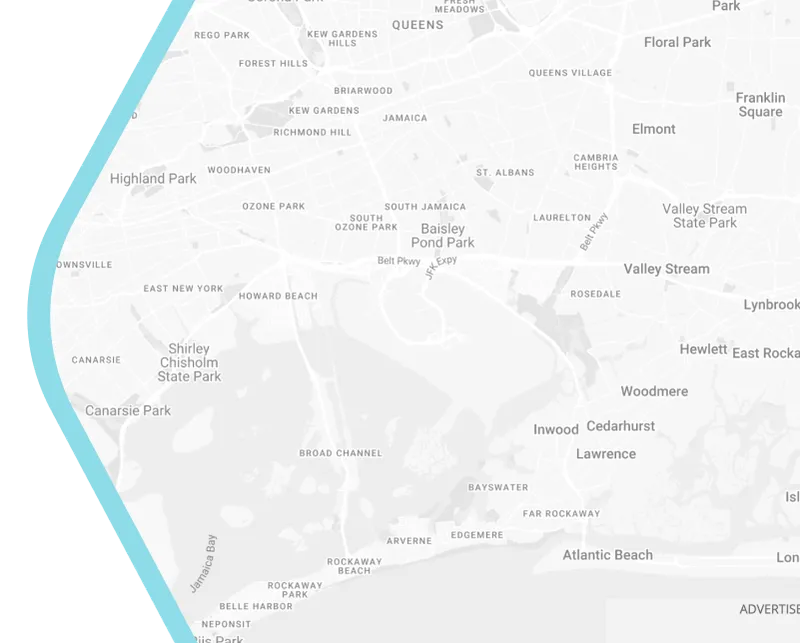
Climate Proof Smart City: Addressing Urban Heat Island Effect
Densely built cities made from low albedo materials, lack of green infrastructure, traffic and other human activities have caused a phenomenon called urban heat island effect (UHI), where the urban air temperature is higher than the surrounding rural environment. With the way we design and build our cities as some of the most prominent factors of the UHI, Kleerekoper et al. (2012) provided tools and strategies for urban designers that they can apply in their cities in four categories: vegetation, water, built form and material.
First, for vegetation, street trees may be the most effective way to combat heat, especially if it is grown closely together and in many parts of the city. Another way to integrate more vegetation is to cover the roof or façade with greenery. Second, cooling the city with water. Water cools the city through many ways: evaporation, heat absorption when there is a large water mass or by transporting the heat such as a river that moves the heat out of the area. Adding more vegetation in the city also adds extra water capacity. Third category is built form. Tightly built buildings in the city may reduce the wind that goes through the streets, increasing the temperature. Overheating by solar radiation can be reduced with high ratios of street height to street width. Lastly, the material selection may significantly affect how we can cool down the city especially as temperature rises in the summer. Permeable materials allow cooling through evaporation compared to hard materials that tend to admit heat. Kleerekoper et al. (2012) suggest that changing the thermal property of a surface material may be the cheapest way to lower UHI. One example of this is making cool roofs and pavement by painting them in white paint that lowers the thermal admittance of the surface.
Reference:
Kleerekoper, L., van Esch, M., & Salcedo, T. B. (2018). How to Make a City Climate-Proof: Addressing the Urban Heat Island Effect. In Planning for Climate Change (pp. 250-262). Routledge.
